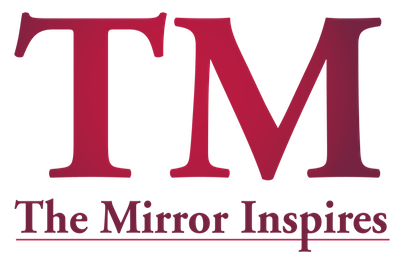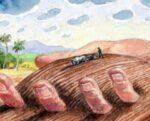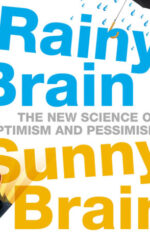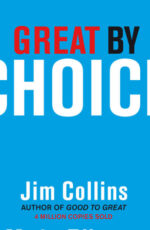“Water man of India” makes rivers flow again
Revival of traditional rainwater harvesting has transformed the driest state in India, and could be used to combat the effects of climate change across the world. School textbooks in India have been telling children for generations that Rajasthan is an inhospitable state in the northwest of the country, constrained by the hot, hostile sands of the Thar Desert. But the driest state in India has a softer, humane face as well – that of Rajendra Singh, known as the “Water Man of India”, whose untiring efforts in water conservation in arid Rajasthan have led to him being awarded the Stockholm Water Prize, commonly referred to as the Nobel Prize for Water. Singh did not attempt to design a new technology to address Rajasthan’s water problems. He began simply by de-silting several traditional surface level rainwater storage facilities – called “johads” in the local Hindi language − that fell out of use during British colonial rule. And, in doing so, he has quenched the thirst of villages that were dying. Thousands of villages followed his example, and so much water was captured and soaked into aquifers that dry rivers have begun to flow again. Water wars Singh believes that water conservation is vital to combat the effects of climate change and to avoid “water wars” in the future. And such is his reputation on water issues that he received a call from Prince Charles, heir to the UK throne, seeking advice on how to handle the devastating summer floods in England in 2007. In an interview with Climate News Network, Singh recalled how he began making water flow again in perennially dry Rajasthan by inculcating do-it-yourself initiatives in the villagers. He explained: “I imbibed Gandhian ideals during my school days that emphasised working for empowerment of villages. “As an Ayurvedic (traditional […]










